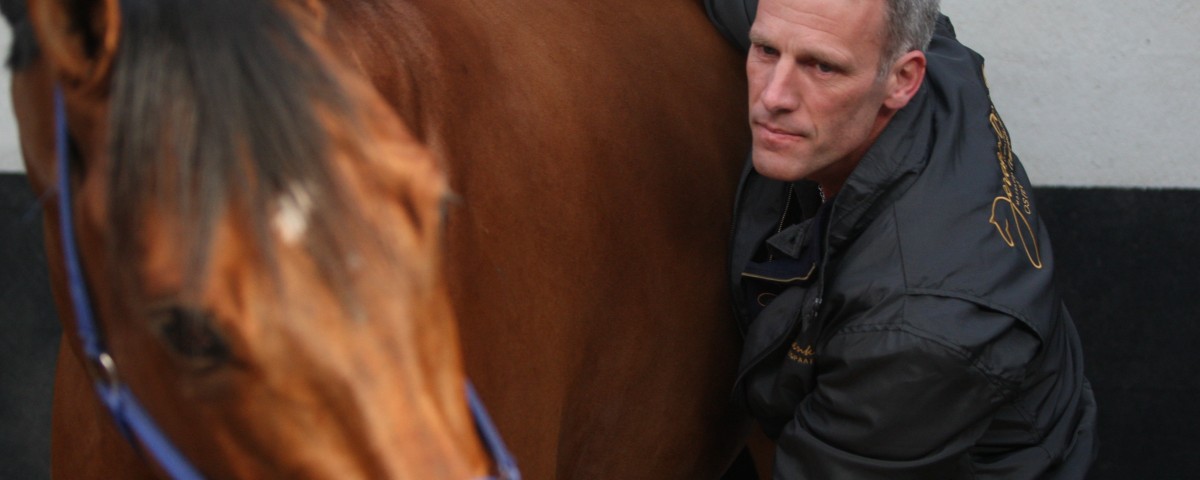The respiratory system
The respiratory muscle (diaphragm) is the muscle that separates the chest cavity from the abdominal cavity. It is attached to the sternum and to the spine near the last ribs and first lumbar vertebrae.
Whilst breathing, the diaphragm, like a piston, moves back and forth in the upper body. The organs in the chest and abdominal cavity also move with this movement.
I always start my therapy at the sternum. There you can already feel a lot where the potential problems are in the body. Just check with yourself … Do you inhale calmly and deeply through your stomach or do you go higher and use your chest when you breathe?
With a tense breathing from your sternum, you often tighten neck muscles, shoulder muscles and jaw muscles. Nor can you find your inner peace. Just imagine that you are in bed in the evening after a busy day and you have trouble falling asleep … everything in your body is still tense … usually after a while there is a sigh, and only then can you relax and fall asleep … never noticed it?? … just try it. Your breathing drops deep into the abdominal cavity, abdominal organs get more space and rest, just like the chest area where the heart and lungs are located, and your shoulder, neck and jaw muscles relax.
I regularly notice that breathing is too high in horses. The cause can be mental or physical. So a possible stress factor is present. That’s why I always try to relax the diaphragm so that it can and will sigh. This already gives the abdominal organs and chest organs some rest. From a ‘sigh’ you already relieve tension in the lower back and through all kinds of muscles also rest in the shoulders and neck. If the horses breathing is ‘high’, then it stands, as it were, with raised shoulders.
We as people can lower our ‘raised’ shoulders, which makes us able to take a deeper breath. It works differently with horses … they’re already standing with their legs (arms) on the ground, they can only relax the tension of the chest muscles so that the withers can move upwards. That’s why riding with ‘lifted withers’ is also so incredibly important.
I regularly notice that the horse is no longer able to relax in its own breathing. The one thing I do when that happens is to try to unwind its sternum. (In the past we still had telephones with a curly cord attached to it. If you turned the receiver on the telephone far enough then the cord became a big knot … when you one grabbed the end of the cord, the other end, the horn, started to disentangle itself until the cord had completely dissolved and the knot had completely disappeared). In this way many inner stress structures can be solved. The method of treatment is very soft in technique, but very effective.
Note that the girth is on the sternum. So if your horse reacts to being girthed up, even if it’s very subtle, wonder why he does that!!
Through fascia connections, breathing can have an effect on the entire body;
• abdominal organs – tendon problems or vice versa
• sternum / jaw problems
• nerve connections- neck problems / tilting head
• low cervical vertebrae – excessive sweating
• C7-T1 problems-compensations in the back, pelvis and SI joint
• Stress hormonal problems such as a mare being badly in heat or when it’s hard for the mare to become pregnant
• sternum – abnormalities in the conformation of legs and hoofs
“What is special about the way I work with horses is not so much that I do something, but mainly how I work with these animals.”



